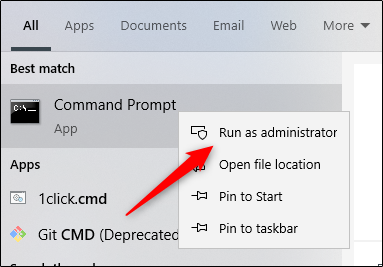
- #WHERE IS MY INSTALLATION ID WINDOWS 10 UPGRADE#
- #WHERE IS MY INSTALLATION ID WINDOWS 10 WINDOWS 10#
- #WHERE IS MY INSTALLATION ID WINDOWS 10 CODE#
- #WHERE IS MY INSTALLATION ID WINDOWS 10 LICENSE#
#WHERE IS MY INSTALLATION ID WINDOWS 10 WINDOWS 10#
The same activation procedure is applicable even if you have purchased the Windows 10 license. Of course, Windows 10 may ask for the Product key while you are reinstalling, but you can just skip past it. Simply put, after the initial activation, you are no longer required to have the Product key with you all the time. Once activated, whenever you reinstall the Windows 10 OS, your system will activate automatically by checking in with the Digital Entitlement certificate in the cloud as long as you don’t change the major system hardware like the motherboard. Microsoft uses this information to activate Windows 10. the computed hash value of your system hardware. Once the certificate has been generated, it will be stored in the cloud alongside your Installation ID, i.e.
#WHERE IS MY INSTALLATION ID WINDOWS 10 LICENSE#
If your system is properly activated, Microsoft servers generate the license certificate or the Digital Entitlement certificate as Microsoft calls it.
#WHERE IS MY INSTALLATION ID WINDOWS 10 UPGRADE#
Whenever you try to upgrade from Windows 7 or 8 to Windows 10, the system first checks if you are a genuine user by checking if your previous installation of Windows was activated properly or if you are not using the Software Licensing Manager utility. Windows 10 Activation ProcedureĬonsidering the fact that Windows 10 is free for all genuine Windows 7 and 8 users, the activation procedure has changed quite a bit. So, when you reinstalled your operating system on the same hardware with the same unique Product key, Windows would activate automatically. The project used in this example can be downloaded here ( requires Visual Studio 2013 or higher).When you tried to activate your machine with the unique product key for the fist time, Windows created the so-called Installation ID by calculating the hardware hash value and stored it alongside the Product key.

If you want to separate each block of the ID and insert into a TextBox into a Windows Form (WinForm), you can use the below code: string installId = getOfflineInstallId() įor (int i = 0 i < installId.Length i++)įRun = true //Stops a '-' being added at the 1st position.įurther to this, you'll also need to reference the System.Management libraries by right-clicking on References in Solution Explorer, clicking on Add New Reference, and adding System.Management and to the project: Return WmiObject.ToString() Īs mentioned earlier, SoftwareLicensingProduct with OfflineInstallationId only works on Windows versions newer than Vista (e.g, Vista, 7, 8, 8.1, and 10), therefore if you (or the users of your program) wish to use it on XP or earlier, you may be able to use the following, but however as I do not have access to XP I am unable to test this: ObjectQuery Query = new ObjectQuery("SELECT GetInstallationID FROM Win32_WindowsProductActivation") You may want something similar to this: static string getOfflineInstallId() I noticed that because I used Windows 8.1's 'refresh' feature once, my WMI returned two Offline Installation IDs for me, therefore this should be something you need to consider ( the first Offline Installation ID is the valid one): Do whatever with the Offline Installation ID here. ManagementObjectSearcher Searcher = new ManagementObjectSearcher(Scope, Query) įoreach (ManagementObject WmiObject in Searcher.Get())

ObjectQuery Query = new ObjectQuery("SELECT OfflineInstallationId FROM SoftwareLicensingProduct") Scope = new ManagementScope("\\\\.\\ROOT\\cimv2")
#WHERE IS MY INSTALLATION ID WINDOWS 10 CODE#
Then use the following code in a function: ManagementScope Scope Requires these namespaces to be declared:ĭeclare those namespaces at the top of your codefile with using, as per se: using System This is possible by querying the WMI (Windows Management Instrumentation)'s Win32_WindowsProductActivation (XP and below) or SoftwareLicensingProduct (Vista or higher) class:


 0 kommentar(er)
0 kommentar(er)
